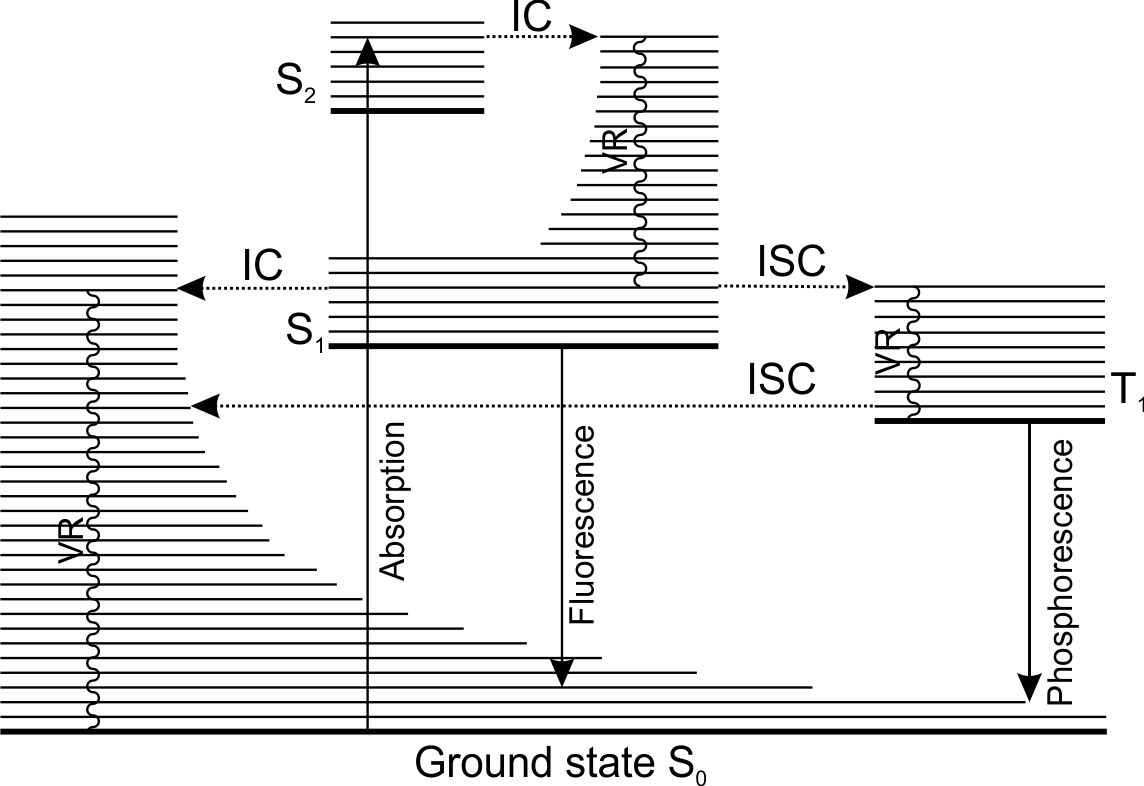Jablonski Diagram Revisited
Abstract
This paper deals with new approaches towards the Jablonski diagram and the ξ state concepts from the viewpoint of the relationship between electronic deactivation and vibrational relaxation processes in electronically excited species. In both concepts, vibrational relaxation precedes the electronic deactivation processes of excited molecules. The experimental data accumulated up to the present using mainly time-resolved luminescence and transient absorption spectroscopy from the field of the photo-physics of transition metal compounds and different organic molecules have clearly demonstrated that even spin-forbidden electronic deactivations are in many cases faster processes that vibrational relaxation. It means that the classical Jablonski diagram indicating that electronic deactivation processes occur after vibrational relaxation should be modified. In general, electronic deactivations occur from vibrationally higher states.


This work is licensed under a Creative Commons Attribution-NonCommercial 4.0 International License.
This work is licensed under the Creative Commons Attribution-NonCommercial 4.0 International (CC BY-NC 4.0) license.








